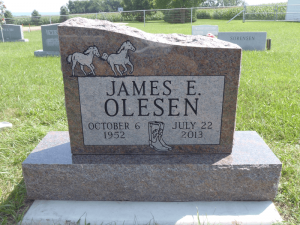A classicist might have the option to help with recognizing plain graves utilizing procedures such as soil compaction tests and ground infiltrating radar symbolism. Archeological examinations can likewise help with characterizing the notable limits of a graveyard plot and recognizing covered scene highlights, for example, establishments, pathways, and dividers. Somewhere Headstones are more important to note the date of birth and death.
Scene and Vegetation

The protection of normal landforms and geographical highlights including patios and dividers can shield a burial ground from harm brought about by disintegration. Streets, carports, and walkways are additionally, key highlights in the graveyard plan. After some time, the course of the streets may have been altered, or the first clearing material may have dissolved away. The first arrangement, width, shapes, and clearing materials of the dissemination framework ought to be kept up. Qualified structural designers or scene draftsmen ought to administer the maintenance and rebuilding of significant scene highlights. Harmed subordinate scene highlights, for example, entryways, entombment plot walled in areas, fences, seats, and lighting apparatuses ought to be fixed utilizing like materials or supplanted in-kind. Once more, these activities are most appropriate for protection experts. Vegetation, including grass, trees, bushes, plants, blossoms, and ground cover are particular highlights of a graveyard. Trees and plants like magnolias, oaks, dogwoods, boxwood bushes, roses, azaleas, lilies, daffodils, periwinkle, and English ivy were frequently planted as commemorations to the perished. These plants were chosen for their profound importance, strict imagery, or magnificence. Before killing plants, consider if they add to the memorable character of the burial ground. If generally huge plants are not undermining markers or other burial ground highlights, they ought to be safeguarded set up. Where plants are causing harm or may result in the spread of poisonous intrusive species, they ought to be scaled back. Normal upkeep of the yard and plants will guarantee the drawn-out protection of the burial ground.
Marker and Monument Repairs
Other basic protection issues as often as possible experienced with notable graveyards incorporate missing gravestones, indented markers, fallen-over markers, shifted markers, and markers with breaks or missing pieces. These issues are delineated beneath with a short portrayal of the suggested safeguarding strategy. The maintenance and recreation of fallen, shifted, or broken markers, be that as it may, is best left to an expert conservator. There are a few standards for marker or landmark fix that a learned conservator ought to follow:
- The maintenance should regard the noteworthy character of the marker.
- The maintenance ought to be truly precise.
- The maintenance ought to be viable with the first material of the marker.
- The maintenance ought to intently coordinate the presence of the first material.
- The maintenance material (i.e., mortar or glues) ought to be more fragile than the first stone. In the occasion of additional harm or breakage, the maintenance—not the stone—should give way.
Resetting Gravestones Depressed, shifted, or fallen over markers are among the most well-known issues in more seasoned graveyards. Huge, weighty tombstones tend to sink into the ground over the long run. Tombstones may likewise move from their bases, making them lean or slant. In extraordinary cases, a headstone may get removed from the beginning. Resetting a headstone is the cycle of balancing out and reestablishing the base with the goal that the marker stands opposite to the ground.


